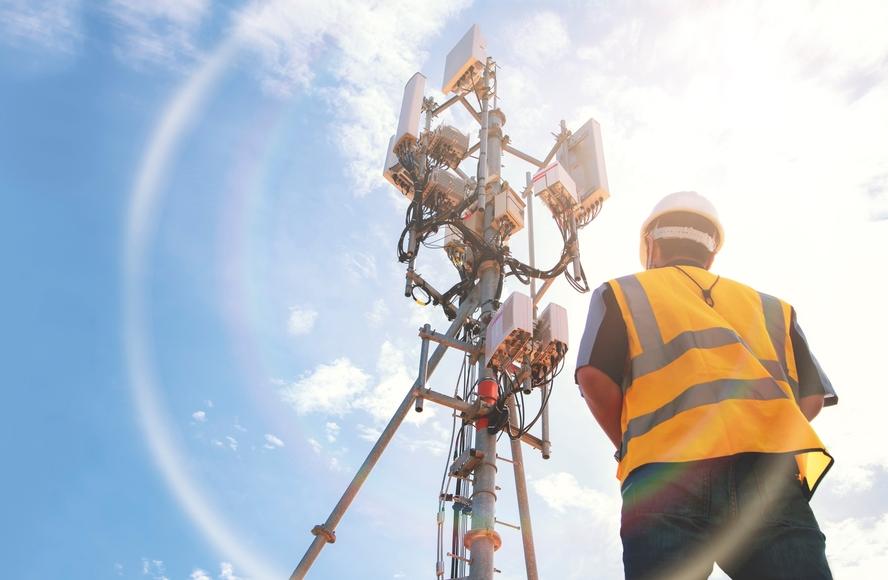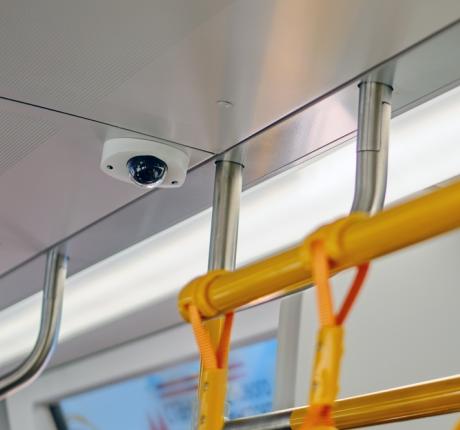
Beyond 5G
How 6G mobile networks will revolutionise the rail industry
With 5G now fully rolled out, we’re already looking forward to the advent of 6G. Starting in 2030 and slowly rolling out into different markets, 6G will digitally interconnect people and objects in ways we couldn’t imagine even three years ago. What are the opportunities for the rail industry? A glimpse into the future.

Wait, what about 5G?
You might have read about 5G being much more than a faster 4G. And that’s true. 5G offers three distinct advantages over 4G:
- Ultra-high data rate, great for the transmission of high-resolution images and video
- Low latency, indispensable for autonomous transportation
- Quality of Service (QoS), the ability to ‘prioritise’ data: e.g.: safety data from the train are more important than Netflix movies for passengers
That already opens up a realm of possibilities for the rail industry right now. But from 2030 onwards..
6G: virtual networks
6G will be fundamentally different. it will enable virtual networks driven by the user’s needs. In other words: wherever there are multiple devices, a network will be created independently of technology. 6G will allow devices to seamlessly switch between technologies to whatever connection is available - 6G, Wi-Fi, Bluetooth, satellite – to satisfy the user’s needs.
Thanks to the use of virtual networks, 6G offers a much stronger connection. If one connection technology is down or unavailable – e.g. wireless internet connection in remote areas – alternatives can be used.
6G networks also allow symmetrical up and downlinks, that is with equal download and upload speeds. Today, every network – even 5G – is still asymmetrical. It makes sense in a world where only humans connect to the internet: they consume more data than they produce. For Internet of Things applications (e.g. cameras on board a train), that’s no longer valid, however.

Opportunities for the rail industry
More (and better) real-time information
6G’s stronger connection opens the path to more real-time information, like video feed from multiple cameras. But video is only the beginning. With 6G, even real-time holography is possible.
Safety implications
6G will provide a much safer travel experience: AI-cameras can monitor the carriages for passenger aggression, for example. That way, security personnel can intervene quickly.
But 6G will also vastly improve the safety and scope of self-driving trains. Complete autonomy is not possible as of now, because network quality can’t be guaranteed everywhere. And an autonomous train that is not connected is not safe. 6G’s sophisticated QoS will always prioritise safety data.
No more wiring
Modern trains contain several kilometres of wiring. That’s expensive and also adds to the weight of the train. From 2040 onwards, with 6G, we can do without a lot of that wiring: every data connection will we wireless. That’s cheaper and lighter, but also allows for more frequent refurbishments.
… and we’ve only just begun
6G is still in full research and development. Starting in 2030 and rolling out in the decades afterwards, possibilities will have expanded beyond what we can image at the moment. But it’s already a promising, robust concept that will fundamentally change our technology. And that's why we're already monitoring the standardization of 6G and performing research projects around it.



